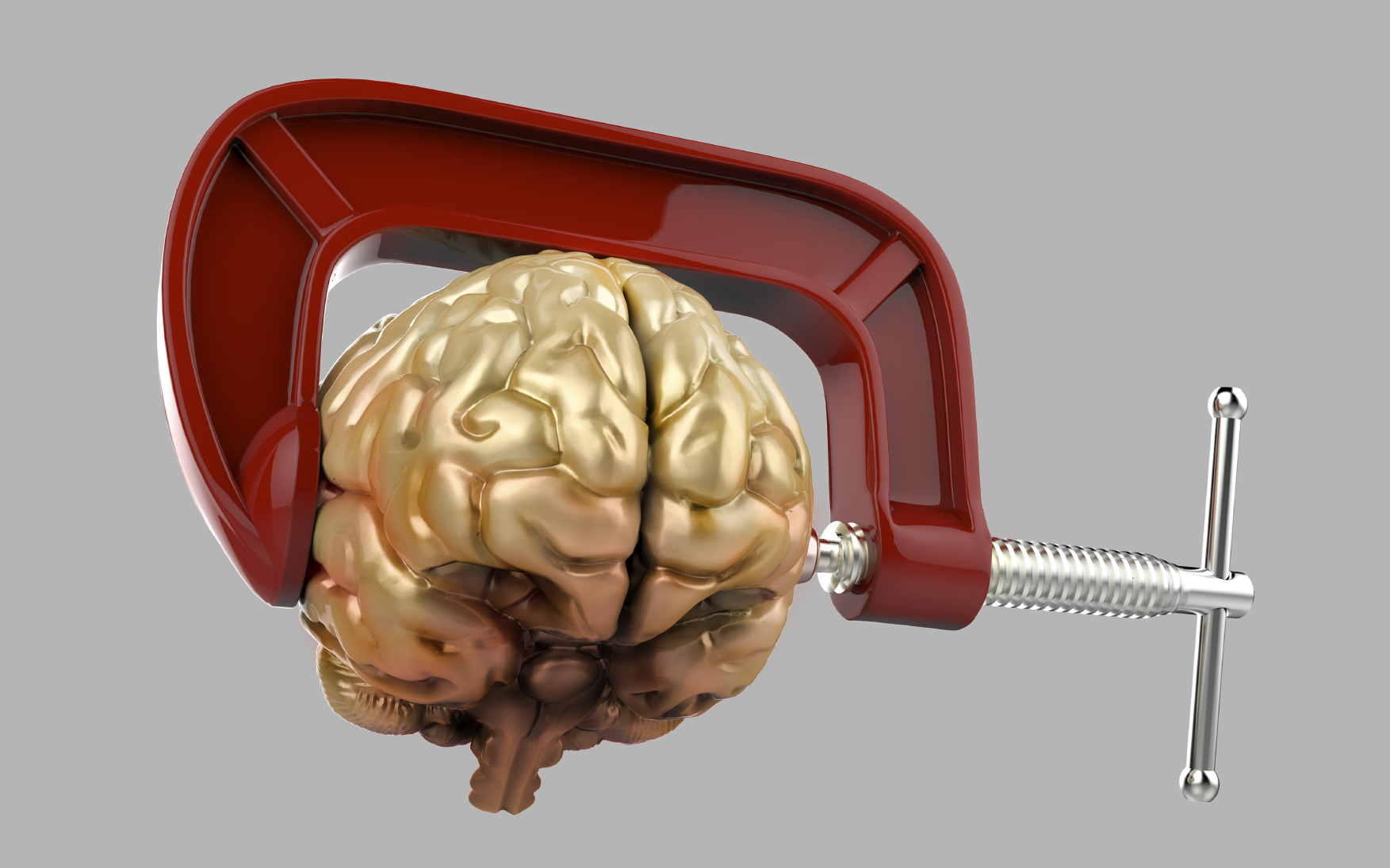
The brain is organized into specialized regions that are highly connected with each other. These connected regions are called networks. Research insights have linked a wide range of disorders—including autism and Alzheimer disease—to changes in how different brain networks communicate with each other.
Recently, it has been shown that two networks in particular—known as the salience network (SN) and the default mode network (DMN)—play a role in how we experience pain. However, how these two brain networks coordinate their activities in the context of chronic pain is not understood. Under normal conditions, the SN is active during attentive or focused thinking, while the DMN is deactivated.
To look at whether these two networks behave differently in chronic pain, Krembil Senior Scientists Drs. Karen Davis and Robert Inman, and doctoral student Kasey Hemington measured brain network activity in individuals with a form of arthritis called ankylosing spondylitis. The results showed that, compared to healthy controls, activity in the SN and DMN brain regions in those experiencing chronic pain were less coordinated—when one region was on, the other did not turn off as expected. Importantly, the greater the level of cross-network dysfunction, the greater the individuals’ perceived level of pain.
“Our study implicates altered communication between brain networks as a key feature underlying chronic pain,” says Dr. Davis. “While further study is needed to determine the exact interaction between pain, and SN and DMN activity, these findings lay the groundwork for new therapeutic approaches that could help relieve chronic pain.”
This work was supported by the Canadian Institutes of Health Research and the Toronto General & Western Hospital Foundation. K Davis was supported by the Canada Research Chairs program.
Abnormal cross-network functional connectivity in chronic pain and its association with clinical symptoms. Hemington KS, Wu Q, Kucyi A, Inman RD, Davis KD. Brain Structure & Function. 2015 Dec 15. [Pubmed abstract]



